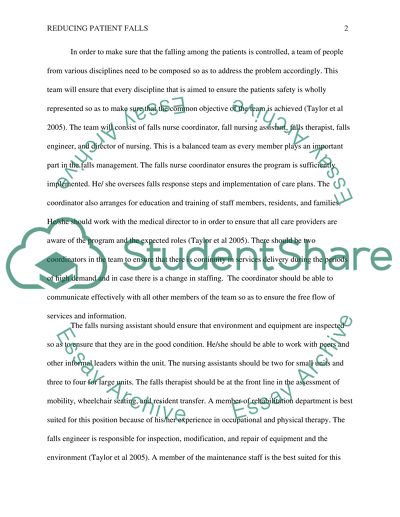Cite this document
(“Quality Improvement Initiative: Reducing Patient Falls Essay”, n.d.)
Retrieved de https://studentshare.org/nursing/1482140-quality-improvement-initiative-reducing-patient
Retrieved de https://studentshare.org/nursing/1482140-quality-improvement-initiative-reducing-patient
(Quality Improvement Initiative: Reducing Patient Falls Essay)
https://studentshare.org/nursing/1482140-quality-improvement-initiative-reducing-patient.
https://studentshare.org/nursing/1482140-quality-improvement-initiative-reducing-patient.
“Quality Improvement Initiative: Reducing Patient Falls Essay”, n.d. https://studentshare.org/nursing/1482140-quality-improvement-initiative-reducing-patient.


